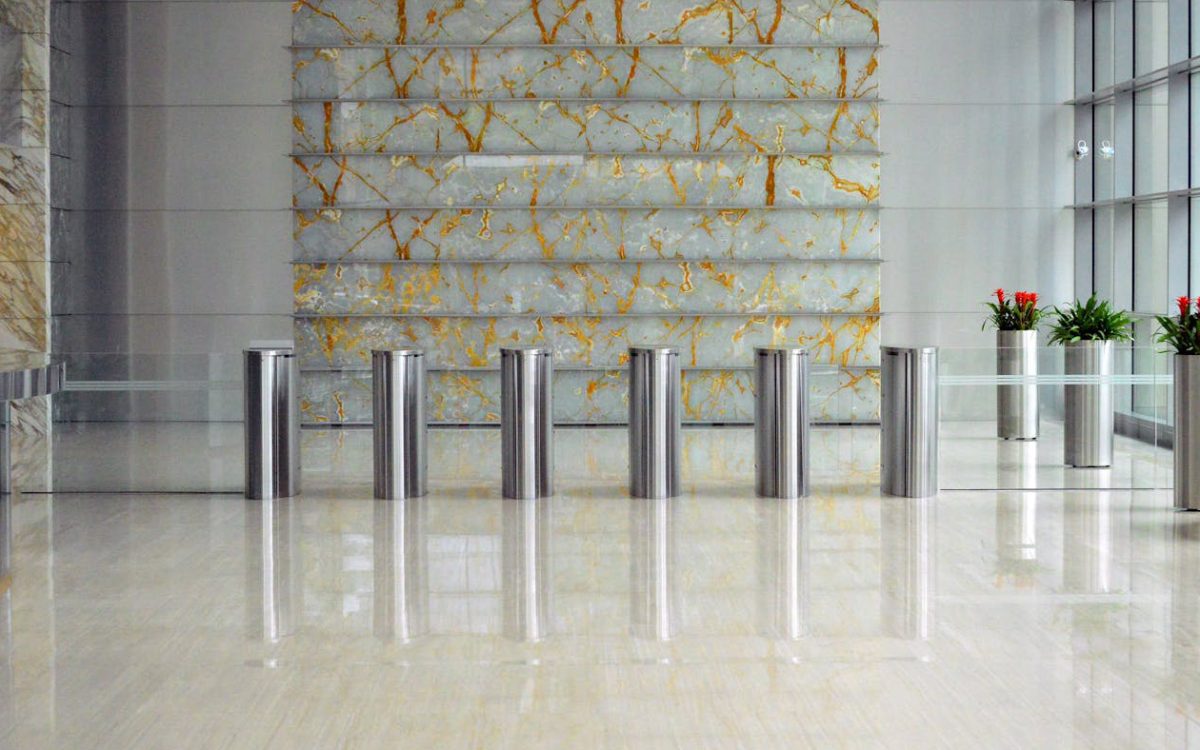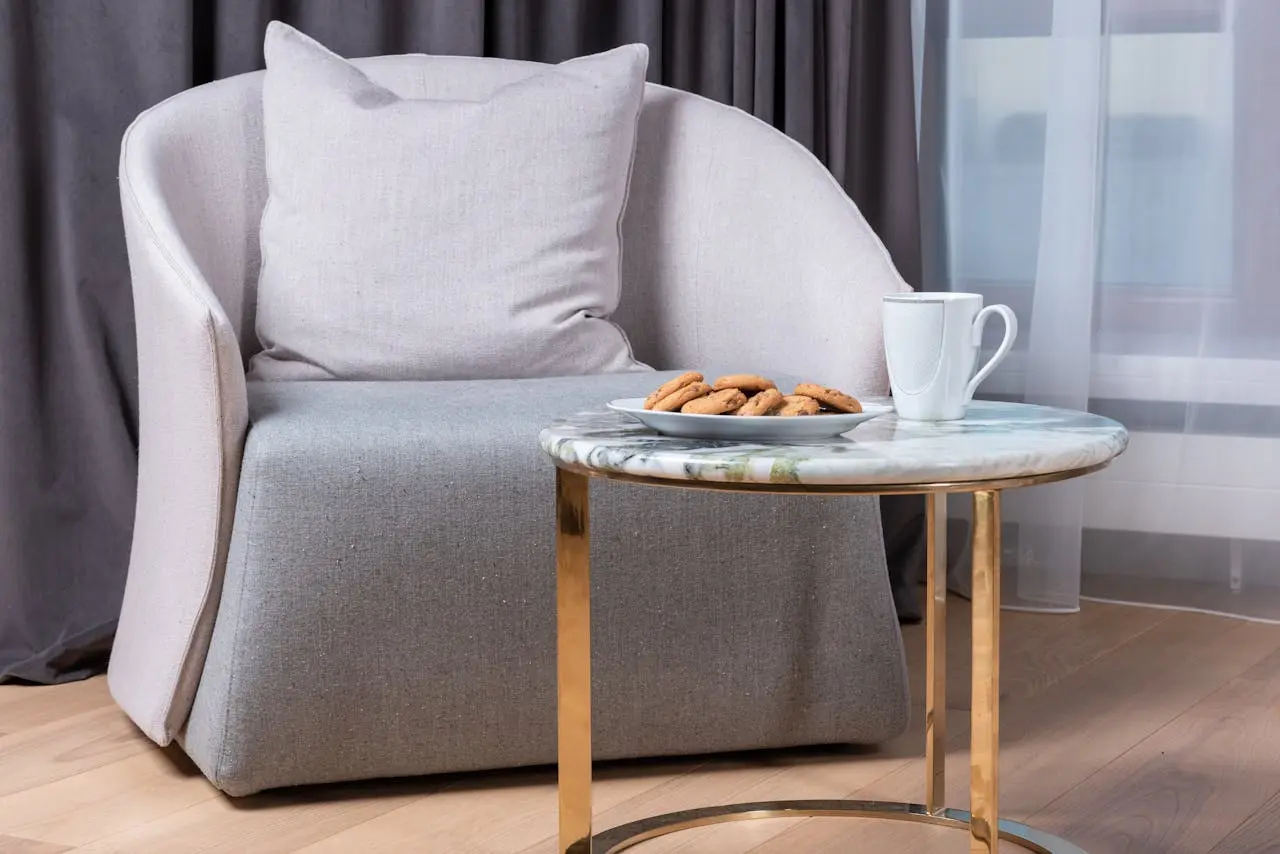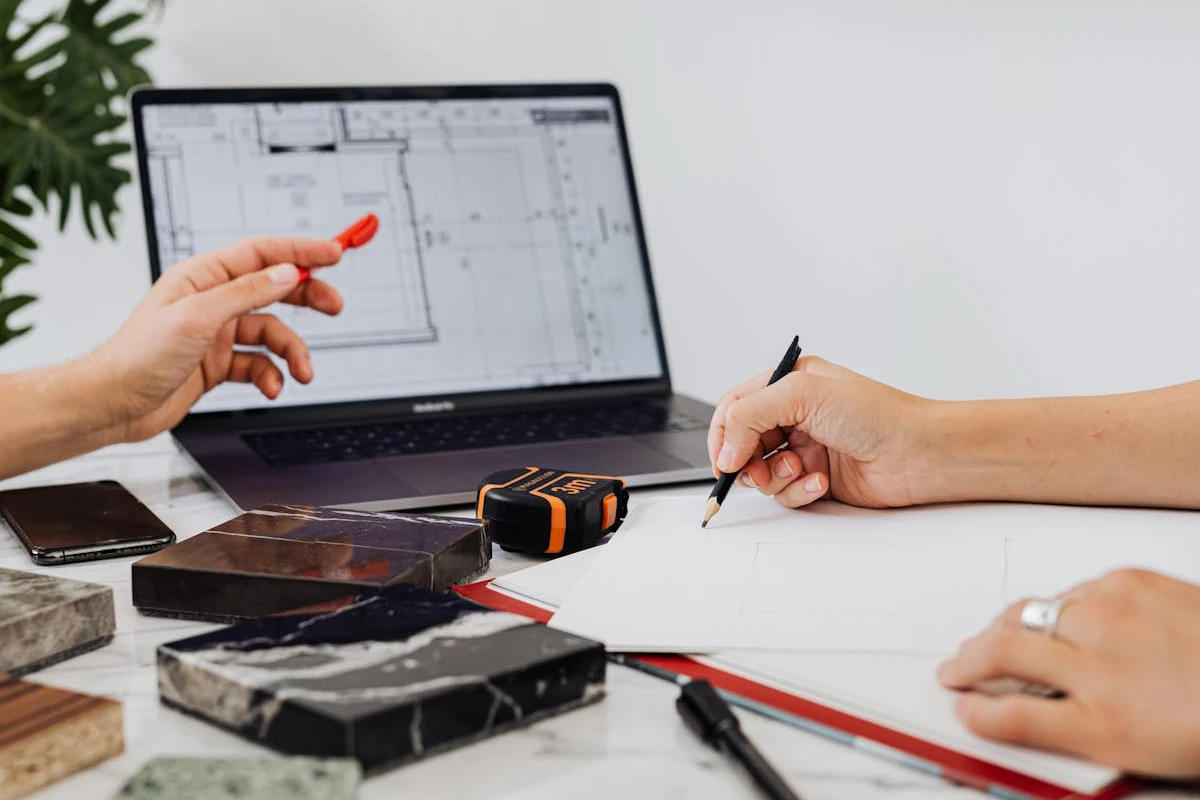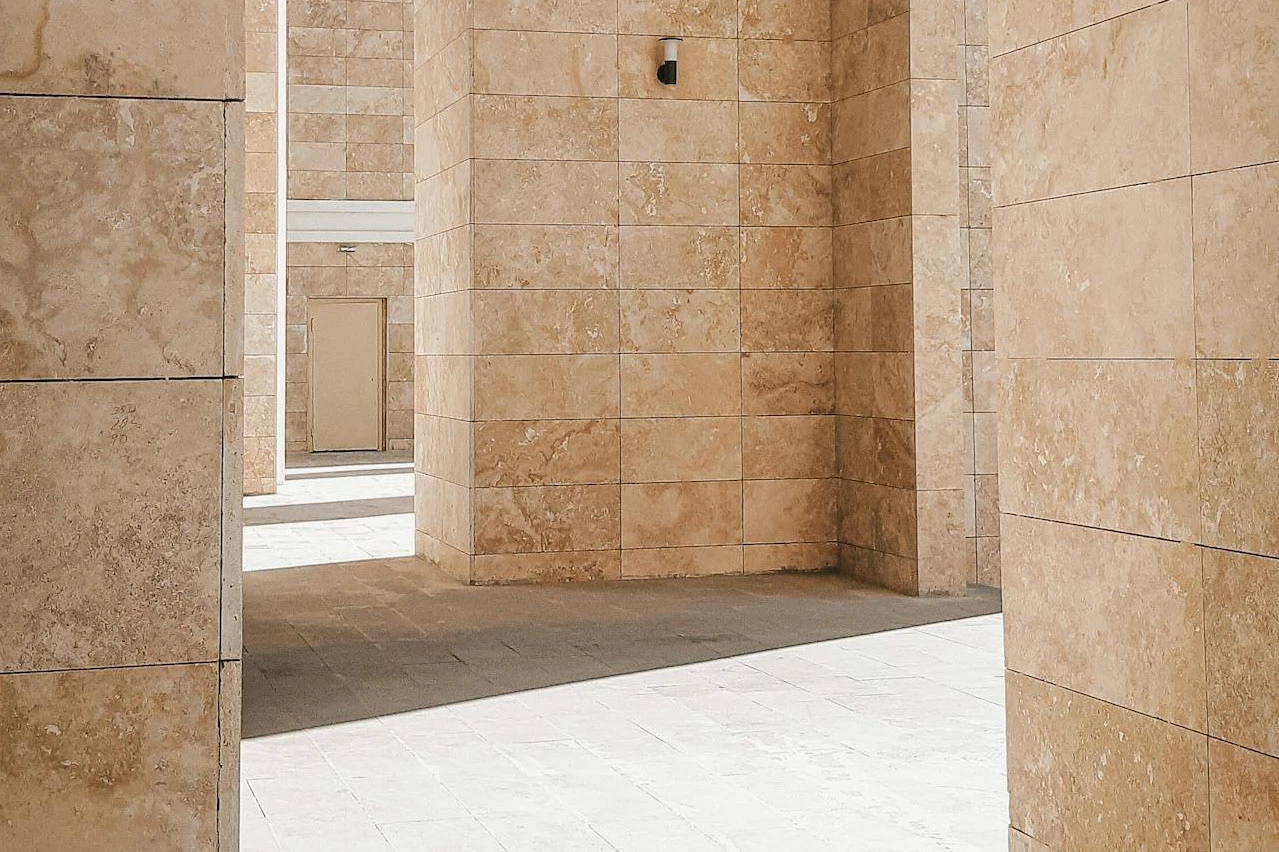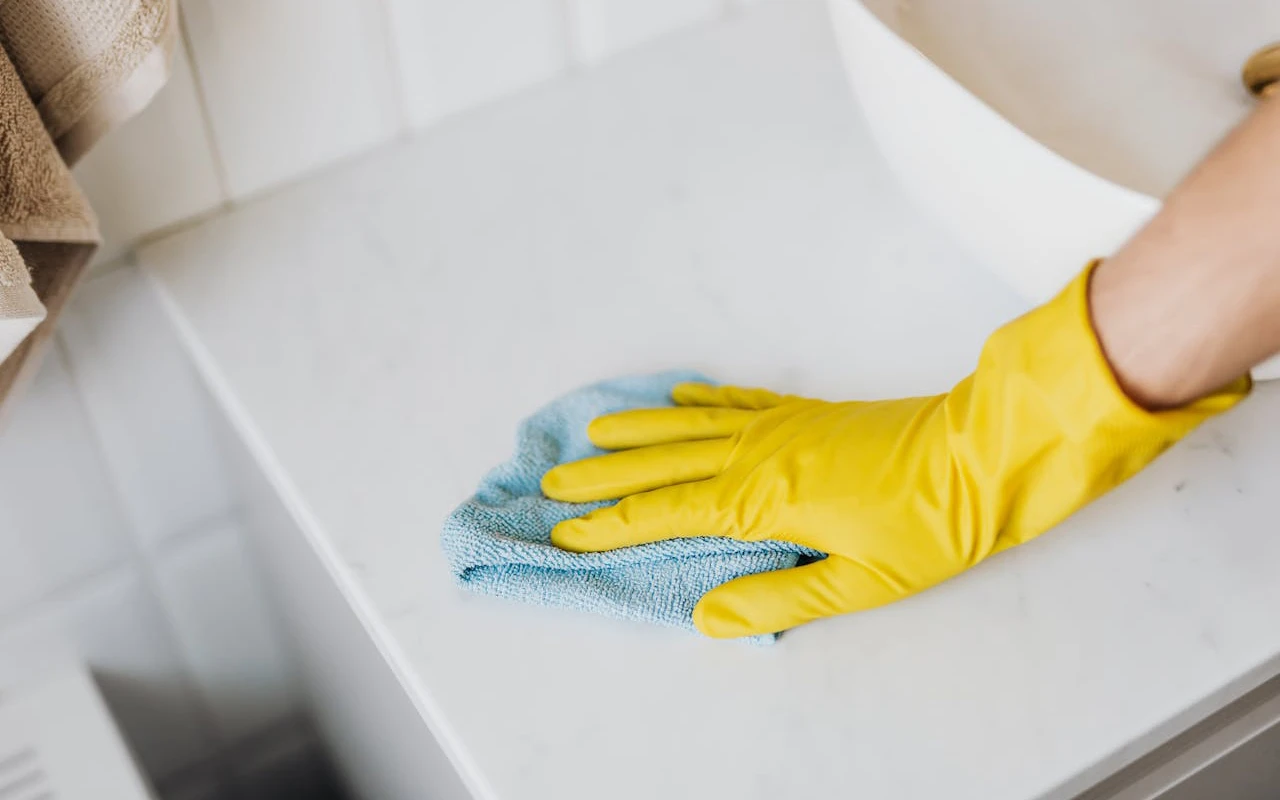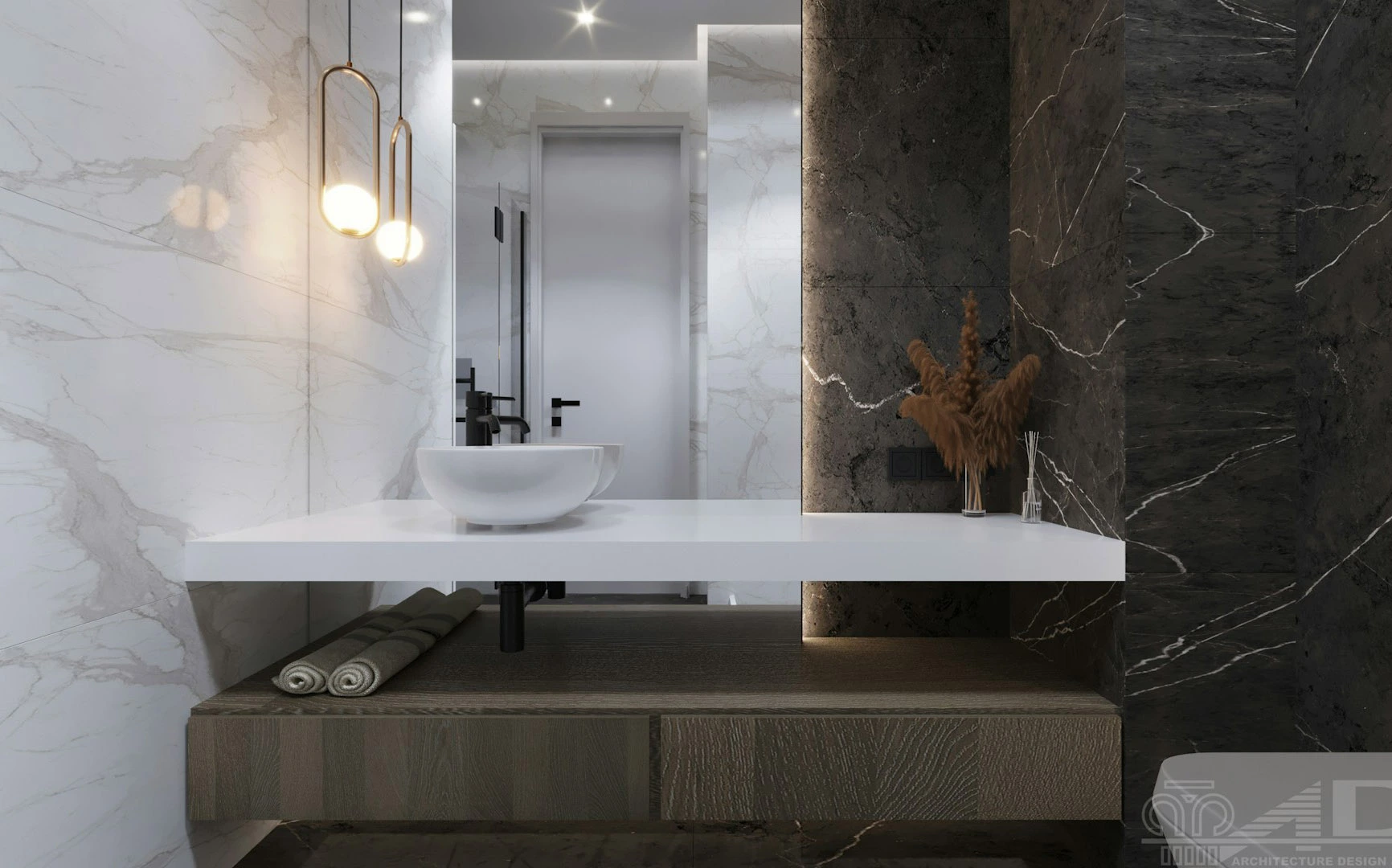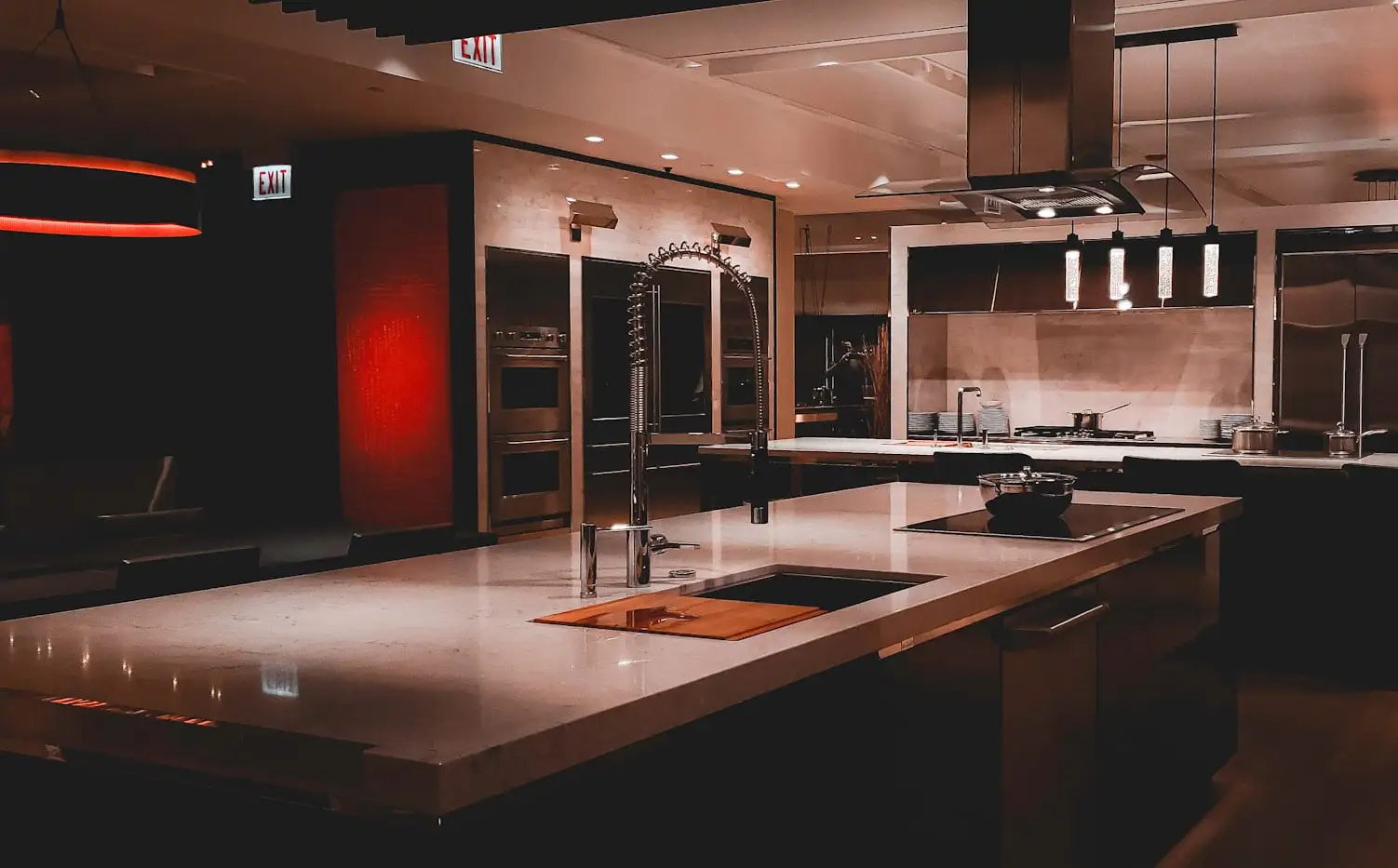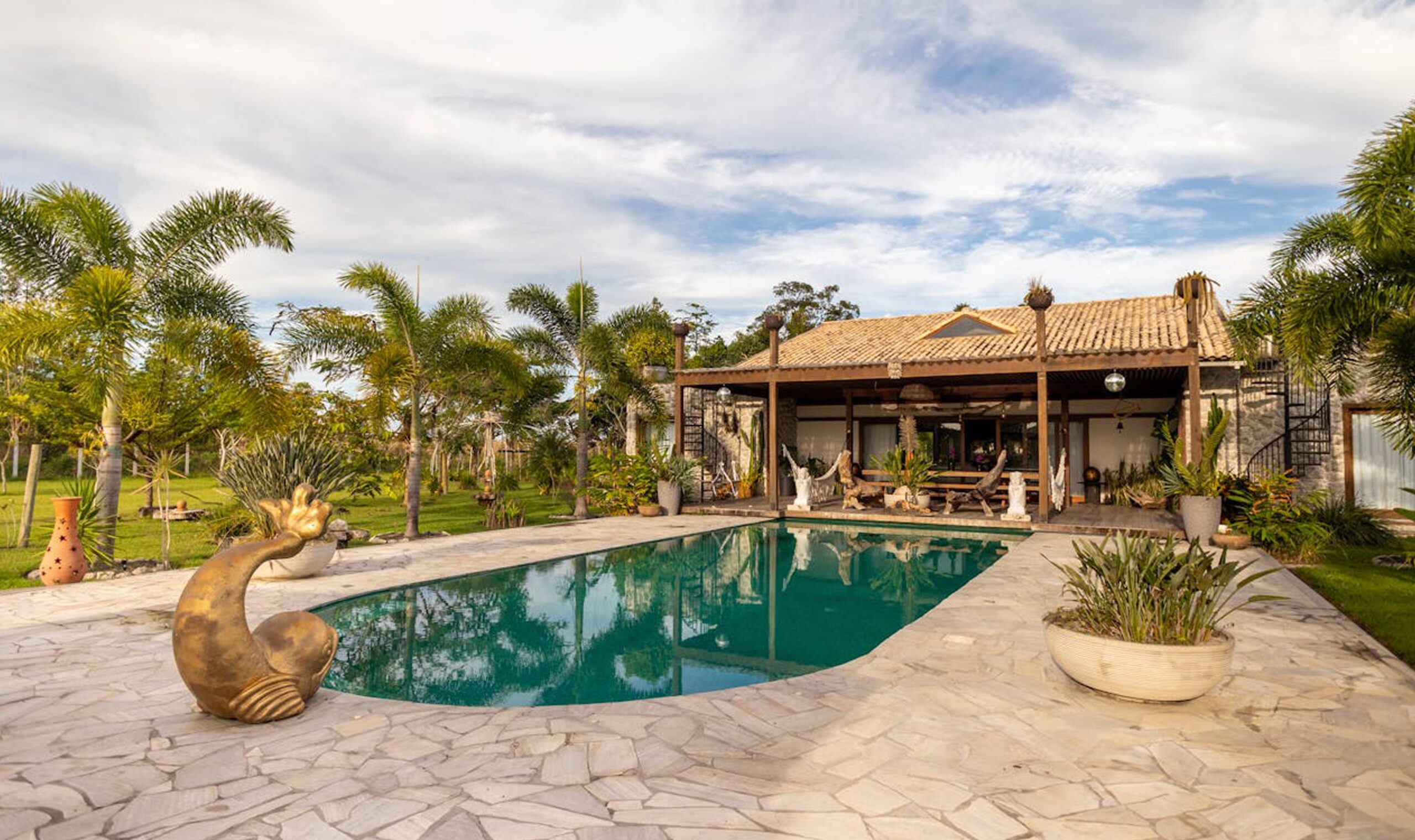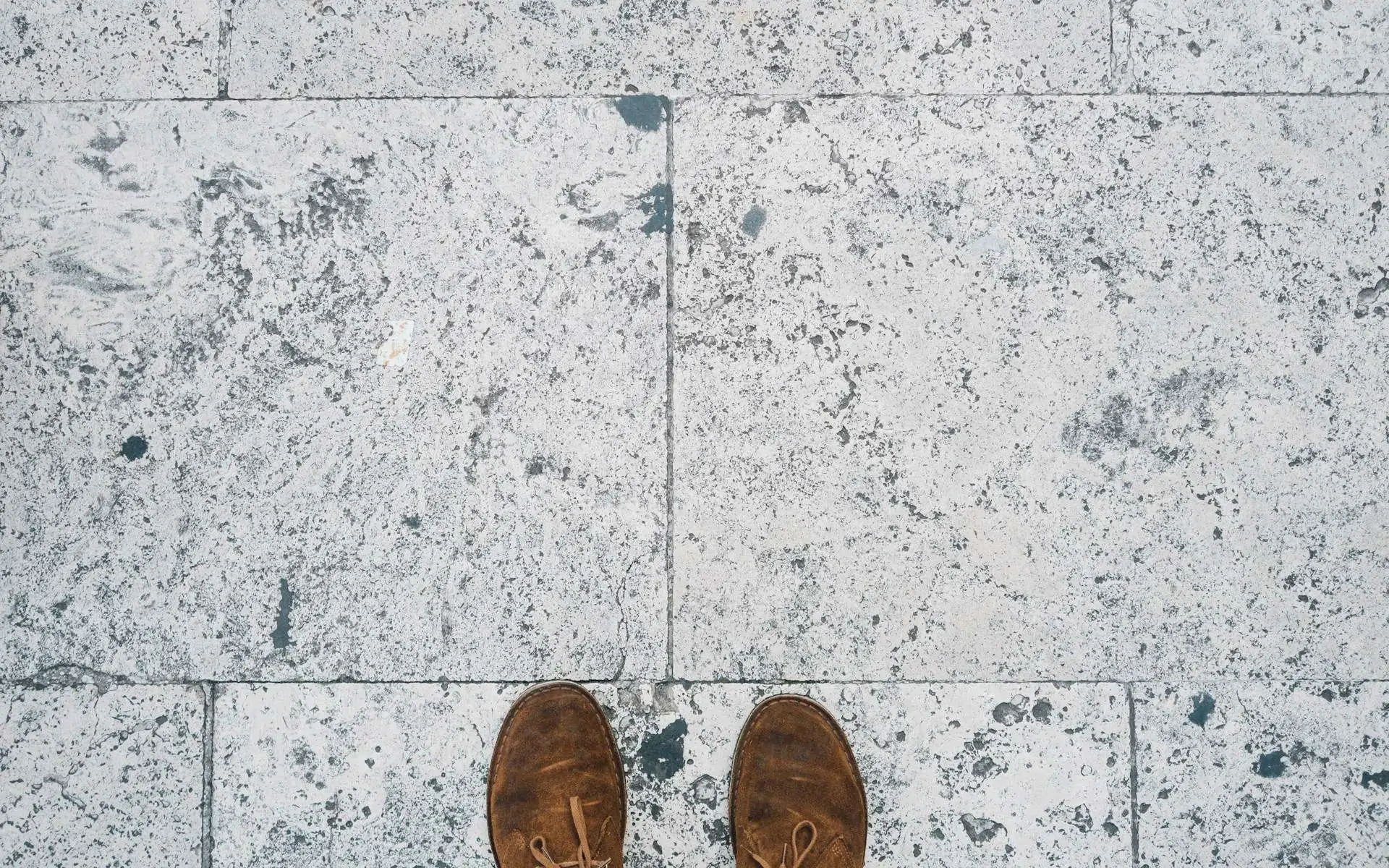Natural stone brings elegance, texture, and timeless appeal to indoor and outdoor spaces. But did you know that direct sunlight can gradually alter its appearance?
Whether it’s a polished marble countertop, a travertine floor, or a sandstone patio, sunlight exposure can cause fading, discoloration, and even structural changes over time.
Here’s everything you need to know about sunlight damage to marble and natural stone, and how to keep your surfaces looking as pristine as day one.
What Happens to Stone in Direct Sunlight?
1. Color Fading Due to UV Rays
Ultraviolet (UV) rays can break down the natural mineral bonds in stone. This causes:
Fading of vibrant stones like slate, sandstone, and limestone
Dullness in darker granite and marble
Gradual loss of color richness over time
Light-colored marble may yellow; dark stones may bleach or become uneven in tone.
2. Yellowing in White Marble
Sunlight accelerates oxidation in some marble—especially those containing iron deposits. This leads to:
Yellow or brownish discoloration
Patchy or blotchy surface changes
Irreversible staining if left untreated
Combined with moisture or cleaning errors, sun exposure can worsen the yellowing effect.

3. Surface Cracking & Expansion
Heat from constant sunlight can cause thermal expansion, especially in exterior installations. This may result in:
Microcracks on the surface
Warping of thin tiles or slabs
Degradation of joint adhesives or grout
Which Stones Are Most at Risk?
| Stone Type | UV Sensitivity | Common Uses |
|---|---|---|
| Marble | ✅ High | Countertops, floors, cladding |
| Limestone | ✅ High | Exterior facades, paving |
| Slate | ⚠️ Medium | Roofing, patios |
| Granite | ❌ Low | Kitchen counters, monuments |
| Sandstone | ✅ High | Outdoor walls, paths |
| Travertine | ⚠️ Medium | Poolsides, terraces |
Granite is generally more UV-resistant, while marble and limestone are most prone to damage.
How to Protect Marble & Stone from Sunlight Damage
✅ 1. Use UV-Protective Sealers
A high-quality stone sealer with UV inhibitors can significantly slow down fading and oxidation.
Reapply every 1–2 years, depending on exposure
Choose breathable, penetrating sealers for natural stone
✅ 2. Install UV-Blocking Window Films (Indoor Use)
If you have indoor stone near windows, apply UV films or shades to:
Block up to 99% of UV rays
Prevent yellowing and fading
Reduce heat buildup
✅ 3. Outdoor Stone? Use Shade or Covers
Build pergolas or awnings
Use outdoor rugs or protective mats
Avoid placing white marble in direct outdoor sunlight
✅ 4. Regular Cleaning with pH-Neutral Products
Avoid acidic or bleach-based cleaners
Gently remove dust and pollutants that can speed up discoloration
Always dry the surface thoroughly
Quick Tip: Check for Sunlight Damage
Place an item (like a vase or mat) on your stone surface. After a few weeks, move it and check for color difference underneath. This is the first sign of fading.
Final Thoughts: Let the Light In, But Protect Your Stone
Sunlight is a beautiful natural element—but when it comes to marble and stone, UV exposure needs to be managed. With a few smart precautions, you can enjoy sunlit spaces and keep your stone surfaces radiant for decades.
Whether you’re building a luxury villa in Dubai or upgrading your kitchen in California, don’t let sunlight silently age your stone.

